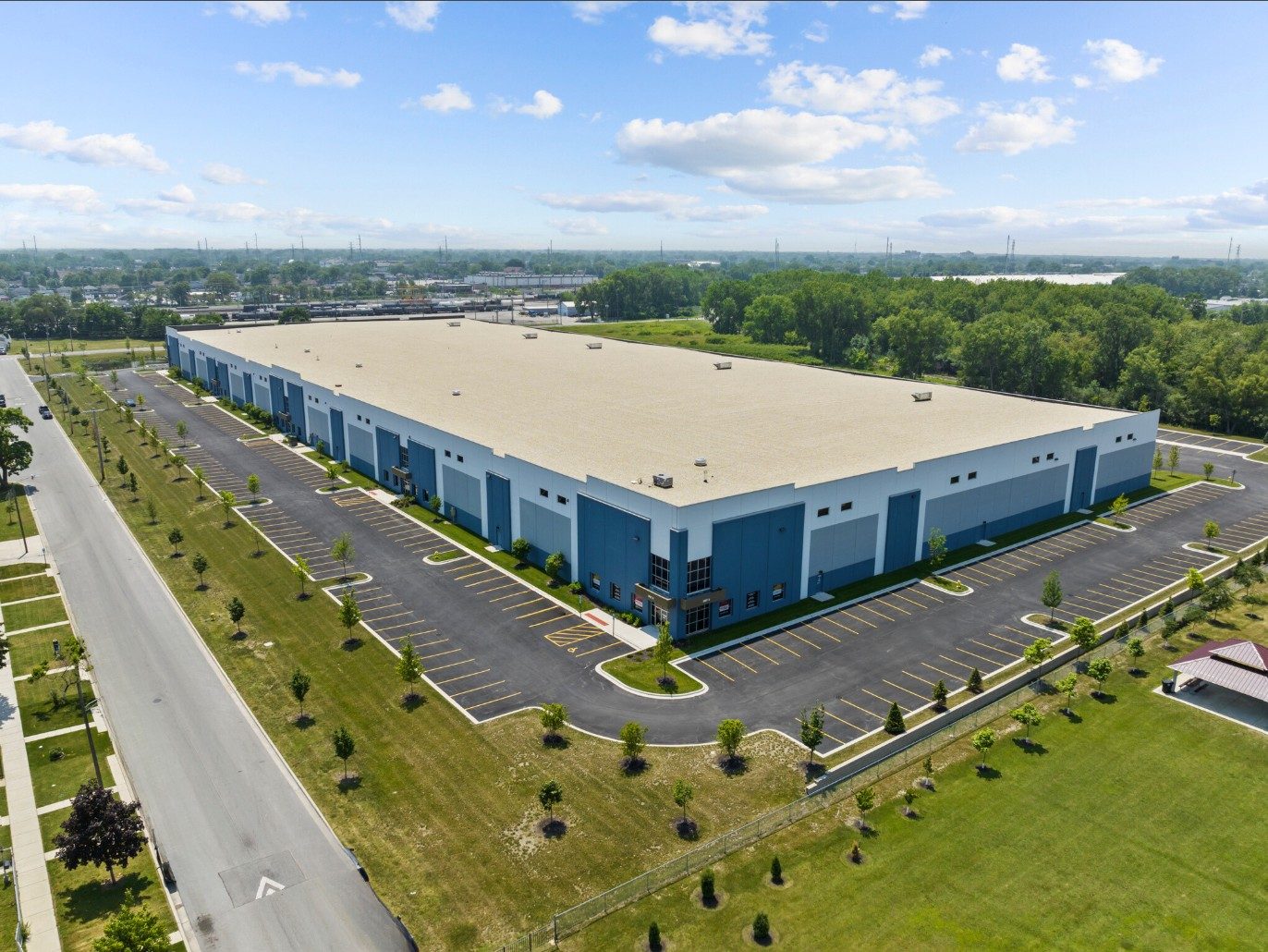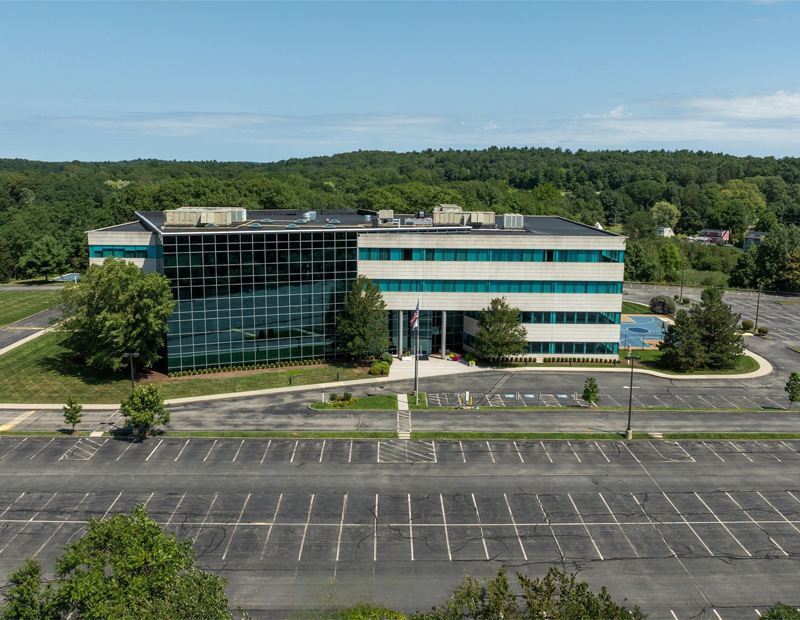Loan Servicing Insights for a Market in Flux
Gantry's Sara Litton on what servicers and lenders had to say at MBA's recent conference.

Commercial real estate finance and loan servicing is having an outsize relevancy in the current market cycle due to serious headwinds emerging. As a result, proactive lender engagement and communication will be critical to achieving desired outcomes for borrowers. The value of frontline insights of servicing agents gained from managing loan portfolio performance, monitoring cash flows, fine-tuning operating costs, representing lender interests and counseling borrowers will be extremely relevant to the process.
For a good decade-plus run, coming out of the great recession, servicing debt was a relatively steady and diligent process. The surprises or challenges to resolve were often one-off issues with the specific property, market and/or sponsorship. The onset of the pandemic, rate volatility in 2022 and the sustained higher cost of capital since have changed the refinancing landscape dramatically. The challenges began in the post-COVID era of 2020, when many thought disruptions would be temporary in nature. Loan servicers have been busy ever since.
LIKE THIS CONTENT? Subscribe to the CPE Capital Markets Newsletter
So not surprisingly, last month’s 2025 Mortgage Bankers Association Commercial/Multifamily Finance Servicing and Technology annual conference had the largest number of attendees in the event’s history. Once a relatively steady occupation, servicing has transitioned to a more creative, anticipative and activated role sitting at the nexus of market stressors, making this year’s conference discussions compelling and frank. Here are some of the main takeaways.
Early engagement
First and foremost, borrowers and their mortgage brokers must start the refinancing process early and continue the communication between lenders or servicers and borrowers regularly. Anticipating maturities is critical for setting up a property for a successful refinancing. Capital is available for the best-in-class properties, but anything shy of that ideal will require proper positioning and analysis. Borrowers need to realize that many maturities of the past two years have been pushed out by lenders of all types into an even larger wall of scheduled 2025 and 2026 maturities that will make capital availability more challenging than in recent memory. Early assessment and communication with a lender to carve out some of that future refinancing capital can go a long way toward collaborative outcomes. Lenders still want to identify the strongest sponsors with control of their property circumstances.
Maturities and extensions
For lenders, the main topics of discussion at the conference were how they are responding to extension requests, what time frames can make a difference and for how long this approach will make sense. Lenders are tightening their surveillance protocols and leaning into their servicers for guidance. Rates remain elevated, with little relief expected in the near term. For those properties that have adequate debt coverage, the uncertainty of upcoming rates creates even more stress in the process. Fortunately, delinquency rates remain low. However, short-term extension requests with a lack of ready rescue capital continue to increase and are quickly becoming red flags for rate-challenged assets. This is putting upcoming maturities under higher scrutiny across the board. Many extensions are now pretending to find solutions, but the day of reckoning could surface when regulators start asking the hard questions and/or CIOs decide to move loans off their books.
Most lenders agree that their preference is to keep properties off their balance sheets and in the hands of borrowers. Where there isn’t capital on hand to right-size a pending maturity, we continue to see extensions negotiated regularly for qualifying sponsors, ranging from one month to 24 months. Lenders prefer to work with sponsors who show up prepared and with a realistic action plan for ultimately resolving a loan.
For short-term modification requests, say one to two months, we are seeing extensions priced at their existing rate or, at the higher end, reset to a corresponding current market rate and/or fees assessed. Often, these are procrastination extensions for borrowers chasing a rate drop that has failed to materialize. In other situations, unforeseen or delayed underwriting challenges have impacted schedules, with the extension supporting new deadlines for a pending close. Whatever the reason, short-term extensions can be obtained with limited negotiation, but the pressure is on borrowers and/or mortgage bankers to lay out a believable scenario for resolution and payoff.
For those needing longer extensions while struggling with occupancy and performance, a significant basis reset, stressed debt service or a combination thereof, extensions of up to 24 months are coming with a price. Expect at least a reset to the current corresponding rate, with higher-duration requests essentially turning an extension into a bridge loan. The best way to maximize the flexibility, pricing and duration of a viable extension is to clearly articulate a realistic exit strategy.
Rate procrastination
Most borrowers anticipated a significant improvement of rates in 2025 and many held off locking in a rate too early. An improved rate climate has not materialized. While still holding in a manageable and forecast range, overall rates have remained higher with hopes of significant reductions being pushed out until late this year at the earliest. Accepting the rate climate and engaging the process early will go a long way in finding a lender for a preferred outcome.
If you are meeting or exceeding current debt service requirements, you should seriously consider accepting a rate reset and moving forward. Most assets acquired at low to medium leverage at a friendlier rate are still refinancing in the current rate climate, and even a cash-neutral refinancing preserves value for future upside. Shorter loan terms are a strategy utilized and available for borrowers from most lenders. On the flip side, if an extension is helpful or necessary, nothing is more frustrating than a borrower who procrastinates on a known maturity and misses their window with excessive fees and rates.
Insurance issues
Insurance remains a hot topic for loan compliance, as costs have been increasing for about the past 12 months. Catastrophic and more frequent natural disasters, an inflationary economy and a chaotic geopolitical environment continue to rattle underwriters and drive up policy costs. Still, borrowers are contractually required to have insurance at levels acceptable to their lender. If not insured at the proper levels, a loan is technically in default and the lender can use an array of tools to rectify the situation. We are not seeing aggressive lender responses yet. Still, where the rising insurance costs put the property operating expenses in the red, it can be tempting to cut corners. Staying in compliance with loan documents is critical at every point in the life of a loan, especially when pursuing modification or extension relief.
Review insurance policies early and take the search to the widest available universe of agents and carriers. Relying on longstanding relationships as the landscape evolves is tempting but can be problematic when “business as usual” does not apply to the current insurance markets. Existing carriers are often waiting until the last minute to not renew and exiting geographic markets late. Having outside options will not only ease that potential disruption but can also provide substantial savings by creating competition. The good news is that while property and casualty insurance premiums remain elevated, they are beginning to stabilize, according to insurance trade groups. At the same time, liability insurance costs are expected to increase at an unusually fast rate. Other challenges will include paying for coverage that’s below current replacement cost. Insurers are retreating and don’t want exposure. Meanwhile, the cost of materials and labor has increased replacement cost metrics beyond historical norms, with little moderation on the horizon.
As insurance premiums go up, agents and borrowers are desperately maneuvering to push prices down. Some lenders will allow for increased deductibles to rein in cost, increasing a $25,000 deductible to $100,000, for example. An adjustment to deductibles can really help with cost, and in some instances, policies will exclude key items including terrorism or earthquake coverage in the fine print. Some of these changes may lower costs but could push a property out of loan-document compliance. A copious review of the fine print is more relevant than ever. A certificate often just “checks a box,” but a deeper dig into the policy becomes necessary even for seemingly gold-star tenant policies.
Servicing today’s insurance challenges requires more closely reviewing policy details, not just logging certificates. This can lead to surprises for borrowers and the need to replace some insurance where the fine print doesn’t align with required coverage thresholds. In a worst-case scenario, most servicers have a policy option in place protecting lender interest in the property. In case of accident or loss, the borrower will not participate in the forced-place coverage benefits, but it is a cheaper option that keeps a loan in compliance. We’ve seen more use of these policies in the past year than in our previous 30 years of servicing.
The impact of AI
AI is driving technology and productivity advancements across industries, and loan underwriting and servicing will be no different. Discussions and product introductions tailored to loan processing were a big focus at this year’s conference. In loan servicing, expect that AI will be used to enhance surveillance protocols. Human beings will still be responding to the red flags raised by these tools, but it will be necessary to engage earlier in the process than ever before and identify concerns that require action. Lenders will have the ability to view their portfolios on a more granular level than they previously could. Nearly every lender has an AI initiative on the table and is actively pursuing their strategies. It is a little too early to forecast the final impact, but enough time and money are being spent on these initiatives that the results will be transformative, even if a few of them fail along the way. AI is creating tools for insight that are only limited by the creativity of the application and its participants. Those lenders with the most balkanized, outdated and/or large systems could face a timing and cost disadvantage while trying to unify under a cohesive AI strategy.
Be realistic, stay pragmatic
No borrower coming to the end of a loan placed in, say, 2016 or even 2021 is happy with the idea of borrowing in today’s rate climate. Most lenders recognize where the pain points are in today’s “higher for longer” cycle and are working with borrowers where they can, with shorter terms and prepayment flexibility. Assessing where you stand should begin with collaboration. Don’t ignore your servicing relationship.
Sara Litton is controller & servicing director for Gantry.







You must be logged in to post a comment.